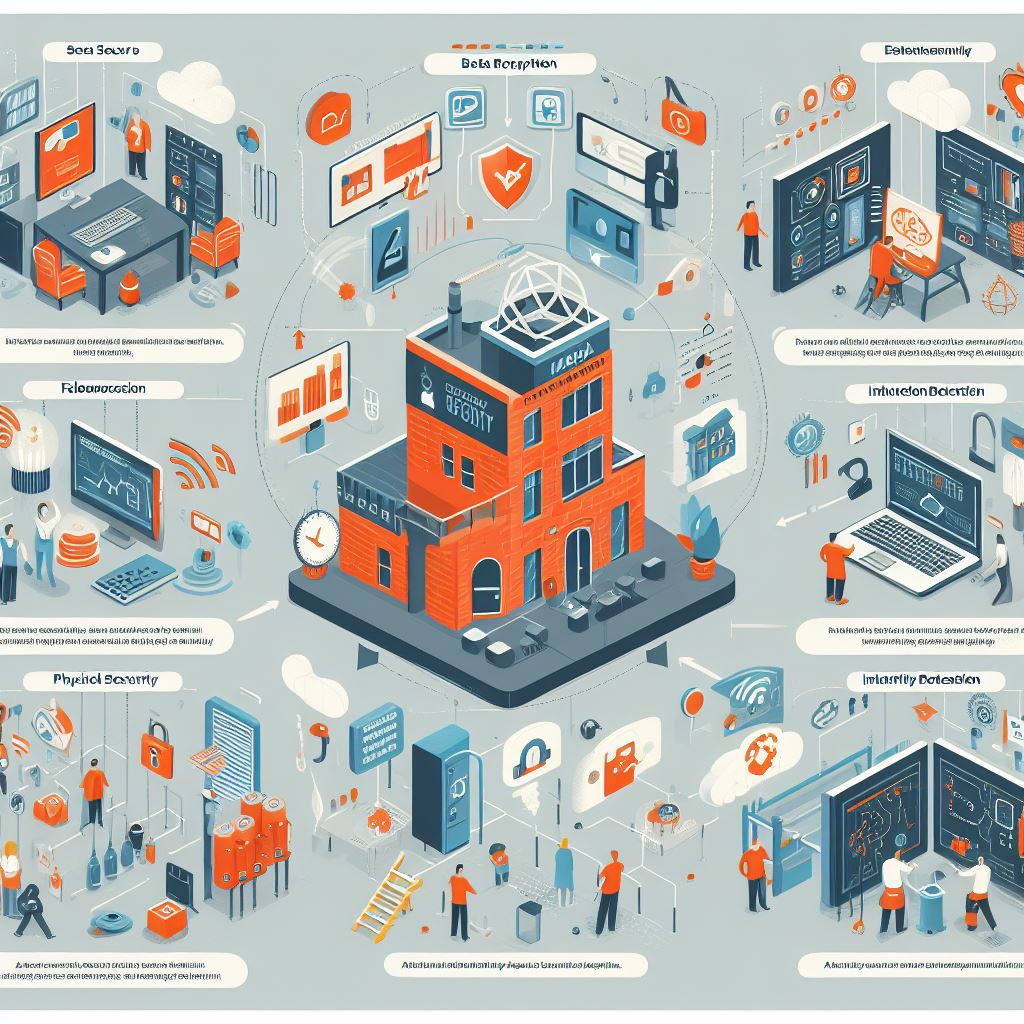Welcome to a world where technology seamlessly integrates into residential design, transforming houses into smart homes of tomorrow. In these

In an era where technology converges with every aspect of our lives, the integration of smart and connected systems in commercial buildings has become ubiquitous. While this digital transformation offers unparalleled convenience and efficiency, it also brings to the forefront the critical issue of cybersecurity, especially in the realm of HVAC (Heating, Ventilation, and Air Conditioning) design. This blog post delves into the paramount importance of cybersecurity in HVAC design for commercial buildings, highlighting how MEP (Mechanical, Electrical, and Plumbing) engineering can fortify systems against evolving cyber threats.
The modern commercial building is a complex ecosystem of interconnected devices, systems, and sensors, all working in tandem to create optimal environments for occupants. HVAC systems, too, have evolved into intelligent, networked entities that can be monitored and controlled remotely.
As HVAC systems become more interconnected, they also become potential targets for cyber attacks. The vulnerabilities in connected HVAC devices and controls can be exploited by malicious actors, leading to unauthorized access, data breaches, and even the compromise of physical safety systems.
Cyber attacks on HVAC systems pose multifaceted risks to commercial buildings. These risks include unauthorized tampering with temperature and ventilation controls, disruption of critical HVAC functions, exposure of sensitive data, and, in extreme cases, the compromise of entire building automation systems.
MEP engineers play a pivotal role in fortifying HVAC systems against cybersecurity threats. By integrating cybersecurity measures into the design phase, engineers can create resilient systems that prioritize the security of data, communication channels, and control mechanisms.
MEP design involves the selection and implementation of secure communication protocols for HVAC systems. This ensures that data transmitted between devices and controllers is encrypted, reducing the risk of interception and unauthorized access.
MEP engineers incorporate robust access control and authentication mechanisms in HVAC design. This includes measures such as multi-factor authentication, role-based access controls, and secure user management systems to restrict access only to authorized personnel.
A proactive approach to cybersecurity in HVAC design involves regular security audits and system updates. MEP engineers implement mechanisms for continuous monitoring, vulnerability assessments, and prompt application of security patches to address emerging threats.
Effective cybersecurity in HVAC design requires collaboration between MEP engineers, IT professionals, and cybersecurity experts. By fostering interdisciplinary collaboration, commercial building stakeholders can create comprehensive and adaptive cybersecurity strategies.
At InnoDez, we recognize the imperative of cybersecurity in the design and implementation of HVAC systems for commercial buildings. Our MEP engineers are adept at integrating state-of-the-art security measures into HVAC design, ensuring that your building’s critical systems are resilient against cyber threats.
As you navigate the intricacies of cybersecurity in HVAC design, partner with InnoDez to secure the future of your commercial building. Contact us today to discover how our expertise in MEP engineering can contribute to the creation of cyber-resilient HVAC systems that prioritize the safety and security of your occupants and data.
About Author
InnoDez